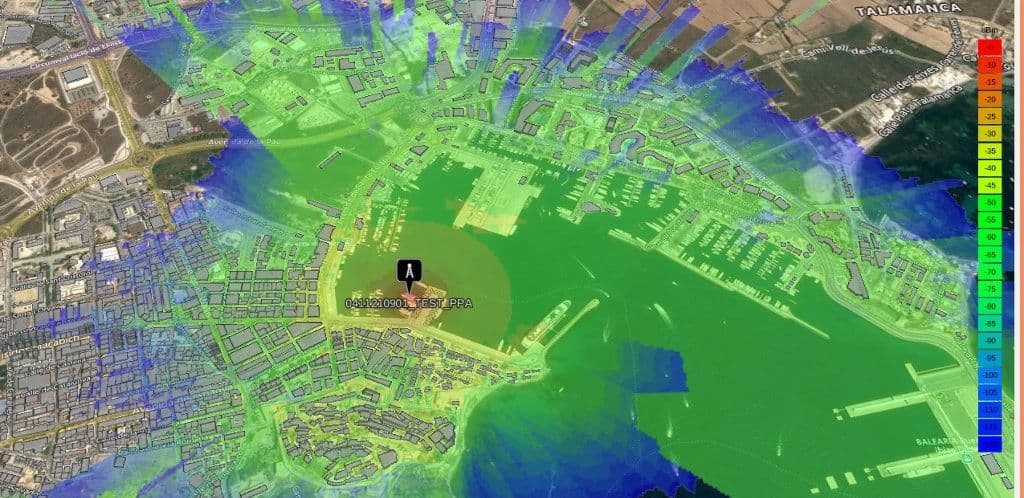Are you curious about the intricate process behind the design and optimization of wireless communication networks?
Let’s dive into the fascinating world of RF planning, also known as radio frequency planning!
RF planning plays a crucial role in ensuring efficient and reliable coverage and capacity in our ever-connected world. Here’s a high-level overview of the steps involved in this intricate process:
-
Network Requirements Analysis: Understanding the coverage area, capacity needs, quality of service targets, and traffic patterns to define the goals and constraints of the planning process.
-
Geographic & Demographic Analysis: Gathering geographical and demographic data to grasp terrain characteristics, population density, building types, and land use. This helps anticipate coverage challenges and optimize network performance.
-
Site Selection: Identifying potential sites for base stations based on coverage objectives, regulatory requirements, site availability, and infrastructure constraints. Ensuring the feasibility of each site considering location, terrain, accessibility, and power supply availability.
-
Propagation Modeling: Utilizing sophisticated models and tools to predict radio signal propagation characteristics. Factors such as path loss, shadowing, diffraction, and interference are considered to estimate signal strength, coverage, and interference levels.
-
Frequency Planning: Determining frequency bands and channel allocations, taking into account available spectrum, interference sources, neighboring networks, and regulatory constraints. The goal is to minimize interference and maximize capacity.
-
Network Dimensioning: Analyzing traffic demand and estimating the required capacity for different areas and times of the day. Evaluating the number of base stations, antenna types, and transmission parameters needed to meet expected traffic load.
-
Antenna System Design: Designing the antenna system, including type, height, tilt, and azimuth orientation. Considering coverage objectives, interference mitigation, capacity requirements, and sectorization. Antenna selection significantly impacts coverage, capacity, and interference levels.
-
Base Station Placement: Determining optimal locations and heights for base stations based on coverage and capacity objectives.
-
Interference Analysis: Identifying potential sources of interference, such as neighboring networks, and evaluating their impact on network performance. Implementing measures to mitigate interference and ensure optimal network operation.
-
Network Optimization: Validating network performance through field measurements and drive testing. Optimizing network parameters like antenna tilt, power levels, handover thresholds, and frequency plans to address coverage or capacity issues.
LinkedIn: ![]()
